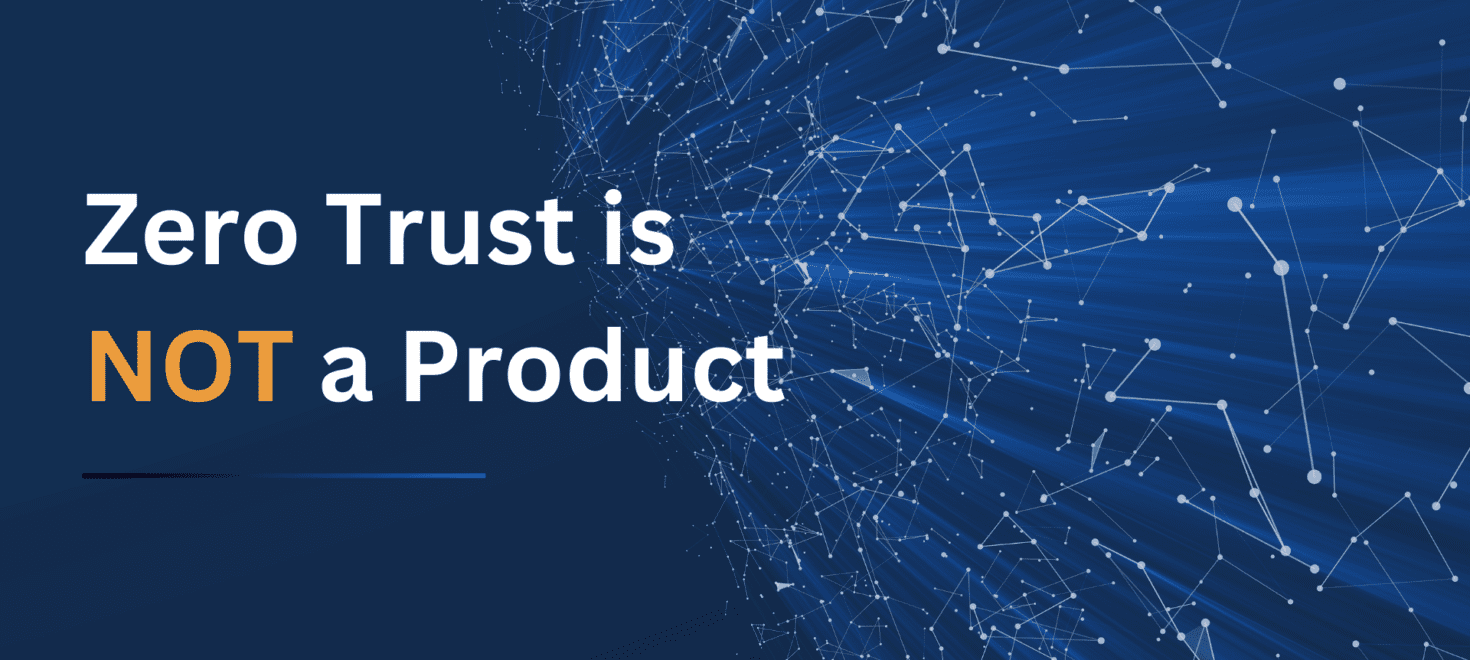Zero Trust is a security framework that mandates authentication, authorization, and continuous validation of users’ security configurations and postures before granting access to applications and data. In simpler terms, it’s a process that ensures a “never trust, always verify” approach for validating end-users’ access to resources on any network.
It’s essential to note that many manufacturers claim their products can create a complete Zero Trust solution. While a product can aid in building a Zero Trust framework, solution, and strategy, it’s crucial to understand that there are numerous interconnected components required to achieve this goal. When advising the customers my team serves, I emphasize that Zero Trust is more of an ongoing journey that should evolve into a comprehensive corporate program. Let’s delve into some of my thoughts on this.
Align with an Appropriate Security Framework
Before any organization can contemplate implementing Zero Trust, it’s crucial to align with an appropriate security framework. Numerous security frameworks are available, such as CIS18, NIST, ISO 27001/2, SOC, and more. Unless you have specific regulatory requirements dictating your choice, and you’re seeking a starting point, considering CIS18 may be a wise move. This straightforward approach provides a solid foundation and can seamlessly adapt to any security framework as your organization progresses on its security journey.
Before delving into the complexities of security frameworks, it’s advisable to conduct a security tabletop exercise to ensure your efforts are well-directed. This step is a critical component of any security strategy, and it’s vital to maintain flexibility to adapt to changing threats. Ensuring you have a trusted security partner to guide you through this process is essential.
If you’ve already established a security framework, it may still be worthwhile to revisit it with a trusted advisor with an opinion to check for any missing components or necessary adjustments that can enhance your organization’s protection.
Considerations for Your Zero Trust Strategy
It’s crucial to determine what you intend to safeguard. This requires meetings between the IT department, organizational leaders, and various business units within the company. Understanding the value of the assets and why they are important is paramount.
Once this comprehension is in place, the next step involves comprehending how these assets are accessed, working backward from there. To clarify this concept further, it’s advisable to spend time observing end users as they access and utilize these assets. Identify the asset’s location and its dependencies within the network. Establish an asset dependency model and then proceed to formulate policies that grant end users access to the necessary resources. Finally, rigorous testing should be conducted to ensure the effectiveness of these policies.
Zero Trust Strategy Components That are Often Overlooked
When engaging with organizations, I’ve noticed that a couple of crucial elements often go overlooked. These elements are unstructured data, IoT devices, and corporate policies. Let me elaborate: unstructured data can manifest as a shared file repository accessed by a department’s users, while an example of an IoT device could be a security camera or system connected to the network.
As you define your strategy, it’s vital to maintain an open mindset and ensure that your organization incorporates these aspects into your Zero Trust strategy. It’s worth noting that Zero Trust is an ongoing journey that continually evolves. Collaboration with the Human Resources department is essential because changes not only occur at the network and application layers but also at the corporate policy level, which may necessitate legal advice.
You won’t achieve a complete solution on day one, but through careful planning, strategy development, the use of automation and a technology roadmap aligned with budget cycles, you can establish a vision with checkpoints along the way. These checkpoints aid in comprehending the various components that will comprise your strategy. This strategic approach will assist in identifying the necessary components, applications, hardware, and more for initiating the implementation of your Zero Trust strategy.

Making a Business Case for Zero Trust Implementation
The next crucial element to consider is the formulation of a problem statement that delivers tangible business benefits. Having a persuasive business value rationale is essential to encourage the organization to adopt this strategy. To help you along in this journey, here are a few examples:
Enhanced User Experience
How often have we witnessed situations where a new hire or someone transitioning to a different department encounters the frustration of having no access or login issues? From my personal experience, rectifying this has taken several days. Zero Trust, on the other hand, empowers the development of policies and promotes the shift towards DevOps, which should eventually moving to DevSecOps. This automation can facilitate an efficient activation or deactivation of user privileges and access permissions. This has the potential to significantly improve the user experience during on-boarding or departmental transitions, providing reassurance to individuals that the organization prioritizes ensuring the appropriate access for end-users.
Increased Precision in Infrastructure and Technical Asset Inventory
A crucial aspect of this aspect of the business, particularly for those well-versed in the mechanics of renewals and support contracts, is the presence of an accurate validated inventory list. This ensures that the organization doesn’t incur unnecessary expenses by paying for assets that are no longer in use or are slated for retirement. Over the years, I’ve come across numerous articles addressing this issue without offering practical solutions, apart from suggesting the use of an inventory tracking system. When formulating this strategy, it’s important to consider the importance of maintaining accurate network related inventory tracking.
Early Threat Detection for Data Loss Prevention
It’s likely that many readers immediately recognized the significance of this aspect. However, conveying its importance to the business requires speaking in a language the business understands. This entails quantifying the impact by emphasizing both the cost implications, utilizing ROI (Return on Investment) and TCO (Total Cost of Ownership) models to assist with the discussion. Additionally, the use of visuals, engaging dialogue, and follow-up can serve as valuable tools in ensuring that you effectively address this organizational need.
Zero Trust Strategy and the Importance of a Trusted Advisor
Zero Trust is an ongoing process that should never be considered complete. I always recommend that clients have a trusted advisor with a strong opinion to assist them throughout this journey. It’s possible that you may not always see eye to eye with the advisor, but their perspective can offer valuable insight and stimulate productive debates. There’s an old saying that suggests delaying action to give both sides time to thoroughly consider the problem, but don’t let the delay lead to missing a deadline. Engaging in debates with the trusted advisor can lead to new perspectives that will benefit your journey towards Zero Trust. The insights gained from the debate can contribute to ensuring you are in sync with your goals and objectives, and that IT stays dedicated to providing business value.
Conclusion
Innovation, technology, and threats are constantly evolving. Having a select group team of trusted advisors can keep you well-informed about the continuously changing technology and threat environments, which might require modifications to your Zero Trust journey to realign it with your corporate objectives. While it’s unlikely that you’ll get it right on the first attempt, that’s perfectly acceptable. The key is to minimize any negative impact from each initial try. It is essential to establish a collaborative partnership with the business and implement a limited pilot group to test everyday scenarios, ensuring that your core objectives are met. An analogy that might be helpful in navigating this process is from my daughter’s favorite book, “The Little Engine That Could.” Keep persevering, and eventually, you will reach your goal and achieve a positive business outcome.
If you require support or assistance during your Zero Trust journey, don’t hesitate to contact us for a consultation.
About the Author:

Chris Price is an experienced executive deeply committed to nurturing and empowering team members to realize their fullest potential. My passion lies in technology thought leadership, and my career has been dedicated to providing guidance and leadership in aligning technology with business objectives. In recent years, we’ve observed a significant evolution in technology, particularly in digital solutions, which have the potential to differentiate businesses and confer a competitive advantage in their respective industries. In this new era of digital business, organizations must embrace transformation. Within my team, we possess the expertise to guide organizations through the disruptions brought by digital innovations, offering innovative ideas and state-of-the-art technology to navigate these changes effectively.




